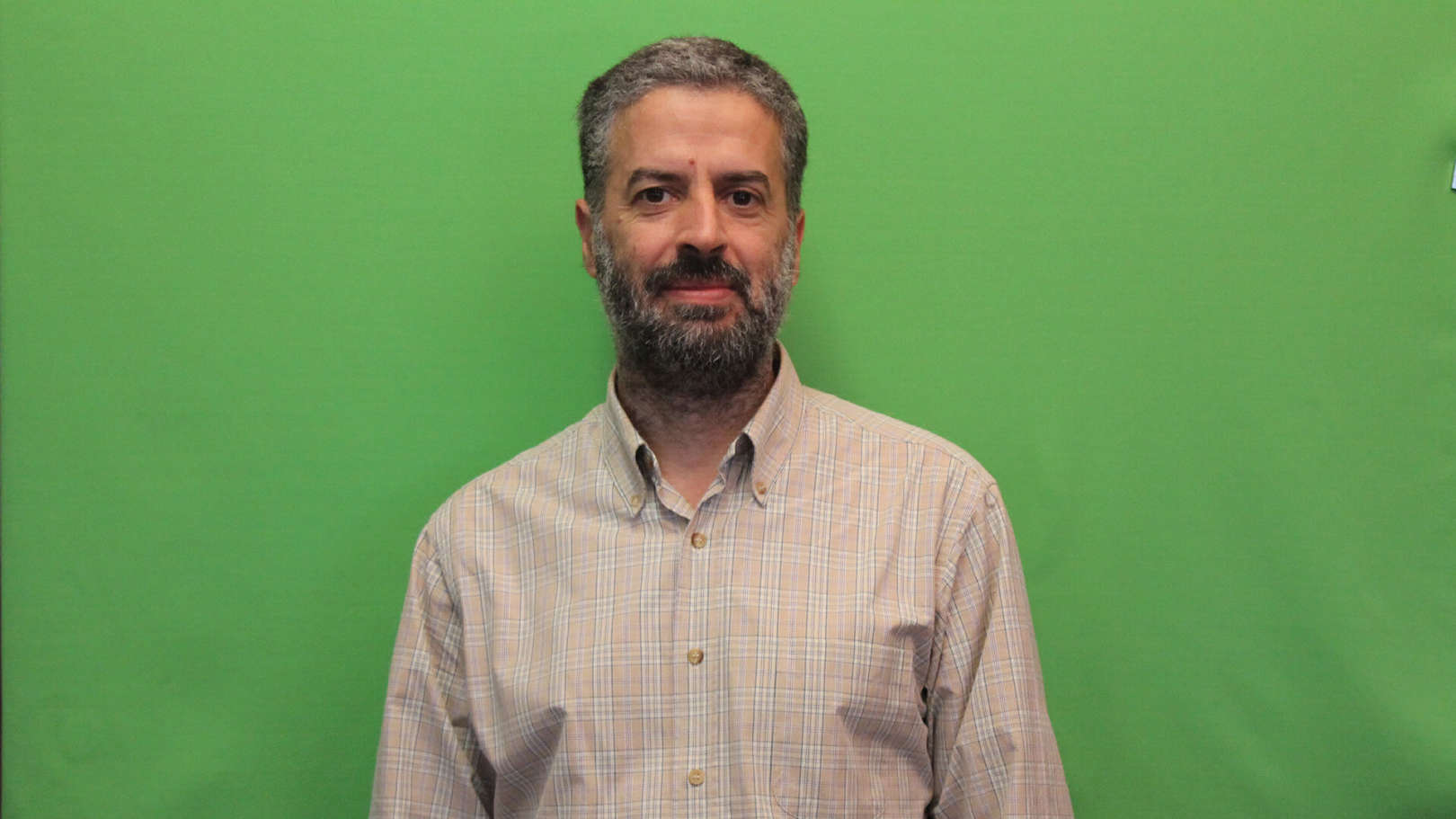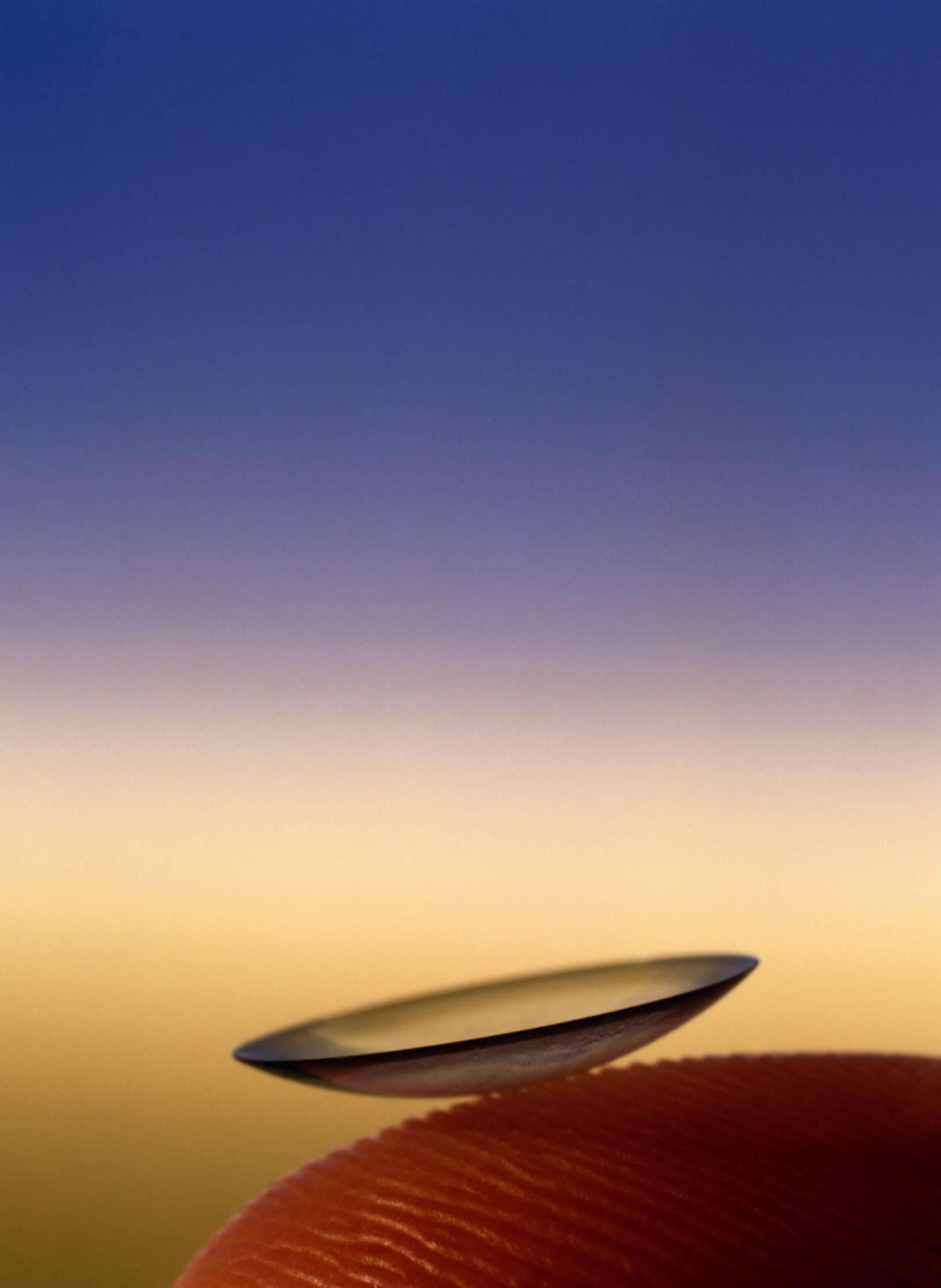Sobre
Miguel Velhote Correia é Professor Associado da Faculdade de Engenharia da Universidade do Porto (FEUP), onde leciona desde 1998. Formou-se em Engenharia Eletrotécnica e de Computadores na FEUP em 1990. Obteve o Mestrado e Doutoramento também na FEUP em 1995 e 2001, nas áreas de Automação Industrial e Visão Computacional, respetivamente. Desde março de 2008, é investigador sénior do INESC - Tecnologia e Ciência, responsável pelo Laboratório de Bioinstrumentação do Centro de Investigação em Engenharia Biomédica. É ainda membro da Ordem dos Engenheiros. Em 2007 foi co-fundador e consultor técnico até 2017 da Kinematix Sense S.A, uma empresa de dispositivos eletrónicos start-up da Universidade do Porto e do INESC-TEC. Entre 1993 e 2007, foi investigador do Instituto de Engenharia Biomédica e, anteriormente, no Centro CIM do Porto na FEUP. Os seus principais interesses de investigação são em Eletrónica e Instrumentação Biomédica, Sistemas Wearable, Visão Computacional, Processamento de Sinais e Imagens, com foco na medição e análise do movimento humano, perceção, ação e desempenho. Desde 1990 participou em mais de duas dezenas de projetos de investigação financiados, supervisionou 10 estudantes de doutoramento e 50 de mestrado e é co-autor de mais de 150 artigos publicados em revistas científicas e atas de conferências internacionais.



